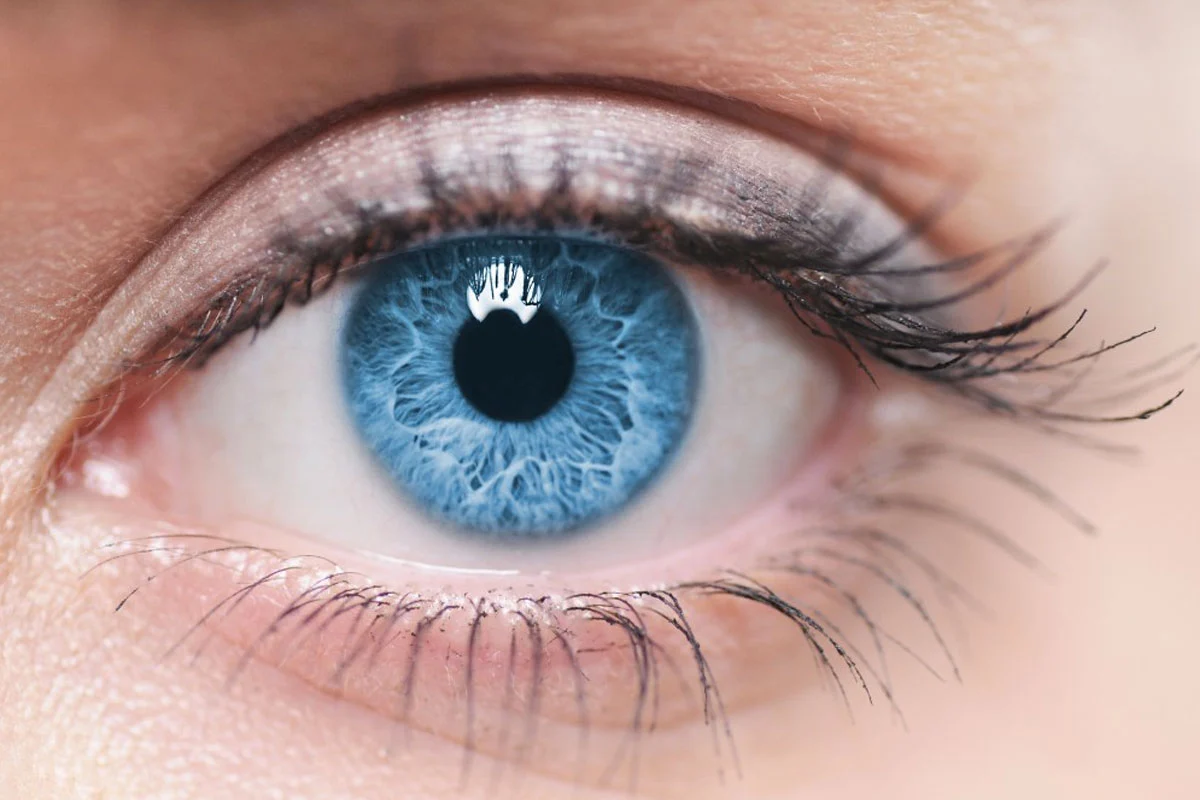Hyaluronic acid is synthesized within the human eye and is secreted into both tears and the aqueous humor of the eye in its non-acidic form, hyaluronate. On the ocular surface, tears with normal hyaluronate content exhibit greater lubrication during blinks. Yet while the eyelid is still, hyaluronate maximizes the thickness of the protective fluid covering the surface of the eye – another reflection of the special properties of hyaluronate. Within the eye itself, hyaluronate forms part of a web of large molecules that confer structural stability to the retina and help keep it attached to the underlying cell layers.
Both advancing age and dry eyes reduce tear production and the amount of hyaluronate that is secreted in tears; complaints about burning, itching, a sensation of the presence of a foreign body, redness and heaviness of the eyelids are common. Hyaluronic acid replacement, via drop form, can promote normal eye functions, as shown by the results of a study published in the British Journal of Ophthalmology, which assessed the effects of eye drops containing hyaluronic acid.5
Research consistently demonstrates that the insertion into the eyes of drops containing sodium hyaluronate several times daily decreases burning, dryness, “foreign body” sensation, itching and mucous discharge. At the same time, tear formation is increased. These tears help protect the cornea from environmental insults, indicating that hyaluronic acid acts both on the surface of the eye and within the eye. The chemical process of vision produces a number of oxidizing by-products.6 The gradual steady accumulation of oxidative damage interferes with the functions of all parts of the eye. The hyaluronic acid in tears acts as a powerful antioxidant that preserves the structure and function of the visual apparatus.7
References:
5. Aragona P, Papa V, Micali A, Santocono M, Milazzo G. Long term treatment with sodium hyaluronate-containing artificial tears reduces ocular surface damage in patients with dry eye. Br J Ophthalmol 2002;86:181-184.
6. Rotstein NP, Politi LE, German OL, Girotti R. Protective effect of docosahexaenoic acid on oxidative stress-induced apoptosis of retina photoreceptors. Invest Ophthalmol Vis Sci 2003;44:2252-2259.
7. Debbasch C, De La Salle SB, Brignole F, Rat P, Warnet JM, Baudouin C. Cytoprotective effects of hyaluronic acid and Carbomer 934P in ocular surface epithelial cells. Invest Ophthalmol Vis Sci 2002;43:3409- 3415.









